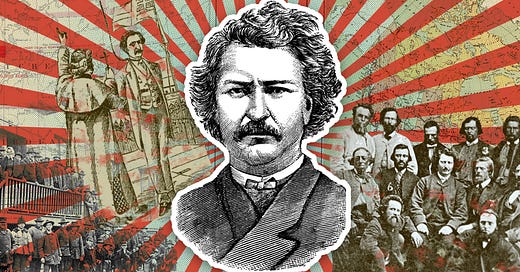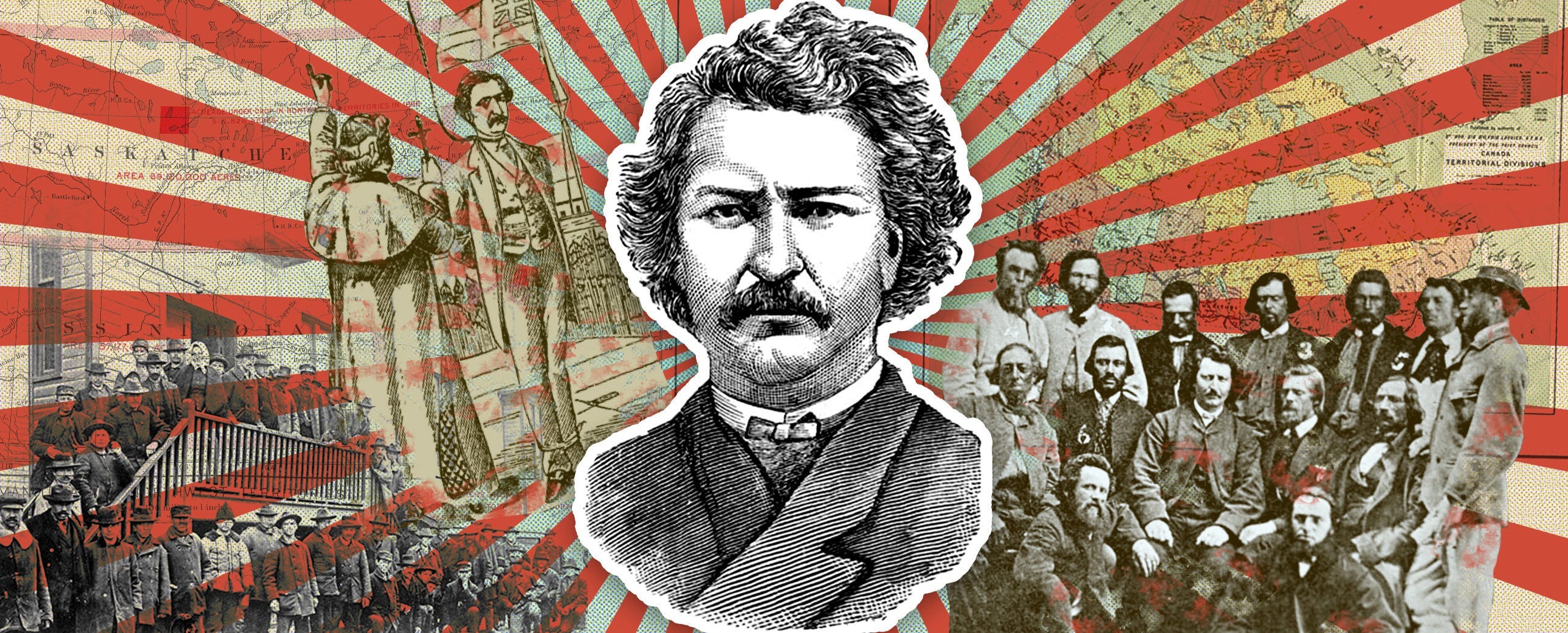The Indigenous Rebel Who Took the Fight to White Settlers
As colonists spread across North America, Louis Riel took up arms — and was demonized in Canada’s history books. After 150 years, it’s time to reevaluate his legacy.
On March 5, 1885, a group of 11 Indigenous men gathered in secrecy in the Saskatchewan Valley, a forested stretch of central Canada. Their leader, Louis Riel — a white-passing 40-year-old Indigenous man with a prominent mustache — had the militant men sign an oath pledging to “save our country by taking up arms if necessary.”
The country he referenced was the wide swathe of Canada that Indigenous people like him had called home for centuries, and that, like most of North America at the time, was now under threat from white settlers. In the 1880s, pamphlets were being distributed across eastern Canada (and also in England) encouraging people to settle in the Saskatchewan Valley, where their pioneering spirit would be rewarded with free homesteads of “wheat and grazing land.” The problem, however, was that Indigenous people like Riel were already living on the land that settlers were being told they could take for fre…
Keep reading with a 7-day free trial
Subscribe to Narratively to keep reading this post and get 7 days of free access to the full post archives.




